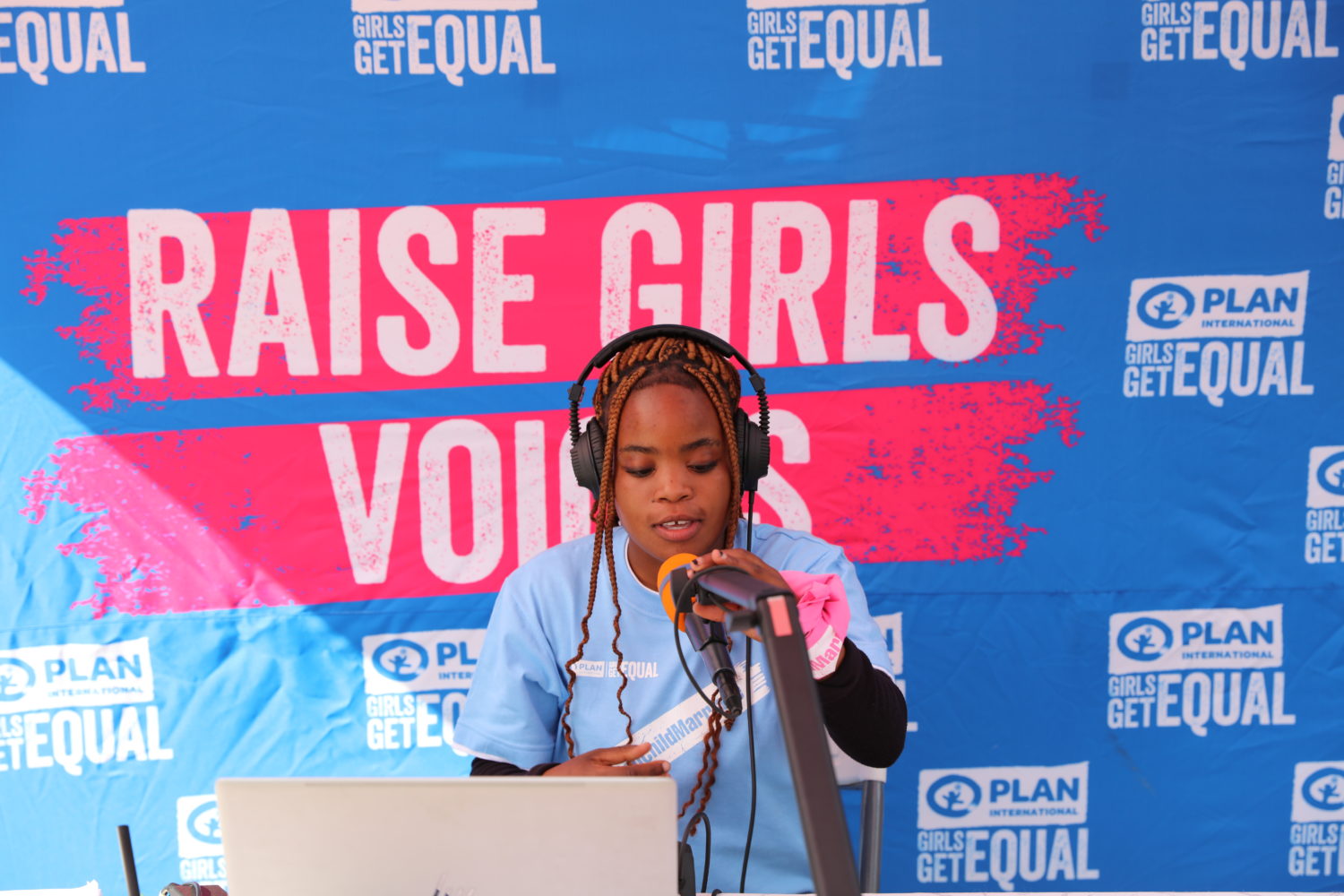post
When drafting a logframe or writing a budget, you rarely see ‘time’ in the list of resources needed to deliver an effective girls’ education programme. Yet, this was the factor that came up most frequently in a recent discussion with Girls’ Education Challenge (GEC) projects on reaching marginalised girls with appropriate education solutions. In the rush to deliver results to justify development funding do we risk overlooking the factor that could make programmes more successful? Are we making space and supporting girls to be part of decsion-making processes to design an education offer that would be appropriate and relevant for them?
The importance of a rights-based perspective
Girls’ education continues to be a global priority for donors and government bodies; however, progress made at the start of this millennium has started to plateau, with several global reports (for example from Hawke et al, ICAI and UNESCO) highlighting how many girls are still falling through the net and are not realising their right to education. The UKAID Leave No Girl Behind Programme (LNGB) launched in 2016 was designed with these girls in mind. The aim was to reach girls who had never been to school or who had dropped out early.
In much of the dialogue around girls’ education there is a tendency to use essentialist arguments that see educated girls as the solution to poverty to justify spending, with the language of girls’ rights taking a back seat to promises about achieving global development goals. The danger of this perspective is that girls continue to be seen as recipients of aid rather than holders of rights.
UNESCO’s Right to Education ‘4 A’ framework highlights that for education to be ‘Acceptable’ it needs to be culturally appropriate and relevant, indicating that children should have a role in judging its suitability. This position complements the guiding principle of the UN Convention on the Rights of the Child which says that children have a right to have their views heard and to be taken seriously. To realise these rights, practitioners need to make intentional spaces for girls’ views to be sought to inform decision making about education, and make sure girls know how their input has been used.
Girls’ voice and influence in programme design
My master’s dissertation (Booth, 2021) focussed on girls’ rights within the early phases of the GEC’s Leave No Girl Behind projects. The projects provide literacy, numeracy and skills relevant for life and work and tackle harmful social and gender norms that contribute to girls being out of school. My analysis of secondary data found examples of girls being consulted in community mapping processes, girls validating ‘safe spaces’, and approving facilitators before recruitment, and girls influencing curriculum content design.
Since then, I have discussed these findings with staff from the projects involved and looked in more depth at the extent to which girls views informed decisions at various stages of the project. Models of participation, such as Hart’s (1992) Participation ladder, are helpful to differentiate levels of children’s engagement from ‘tokenism’ to substantive participation, and ultimately to child-led processes. Many project staff felt that early initiatives met the requirements of the UNCRC at the midpoint of Hart’s ladder, but have since improved on this through being more intentional about making space for more girl-led activities in the programme.
Whilst it would take deeper discussion to unpack how a structured programme can make space for genuinely girl-led activities, project staff shared many examples of girls taking more substantive leadership and influencing roles in project activities.
- Through a ‘bring a friend’ campaign, girls are now helping to enrol other highly marginalised girls, who have never been to school.
- Initiatives used in another project, run by the same NGO, included training girls to collect girl-initiated stories with the project rather than having the monitoring framework and agenda set by project staff.
- In another project, girls used a helpline facility intended to report incidents of gender-based violence as a route to provide feedback on the performance of project staff and volunteers, as they knew messages would be delivered directly to the ears of project management. This is a great example of girls claiming space to have their voice heard rather than being invited.
Some additional factors that project staff became aware of while making more space for girl-led activities were: the need to judge the level of responsibility the girls were comfortable taking on; the need to provide accessible and appropriate technical guidance (which was also mentioned as part of enabling girls to develop their skills in setting up their own businesses); and the need for a peer-to-peer code of conduct to provide guidelines for behaviour among girl-led support networks to safeguard against bullying. The common denominator required to facilitate girls’ increased leadership was time.
Time and space to be heard
Time was the most frequently mentioned constraint to increasing youth-led processes in staff’s reflections on lessons learned from the inception phases of these programmes. Time to find the most marginalised girls who are often hidden away due to stigma or fear of prosecution for failing to attend school. Time to establish trust and relationships within the community to demonstrate the relevance and quality of the education offer. Time to train girls to be comfortable with roles to support each other within the project. Time for girls to establish leadership roles in intergenerational dialogues. Time to make adaptations as girls and project teams learn about the best way to deliver a quality project.
Lessons from the Rejuvenate Living Archive suggest that shifting the previously protectionist framing of chid rights towards the language of ‘Space, Support and System change’ would help practitioners deliver more successfully on child rights. The importance of ‘space’, both physical and conceptual, resonates with the idea of allowing adequate time for these activities. ‘Support’ is needed in the form of capacity development (of both children and adults) to better understand how to work intergenerationally. ‘System change’ featured less in our conversations, although there were discussions about building child friendly and accountable systems.
When planning for further work with marginalised girls I hope the importance of the ‘time’ required to deliver on child rights, and promises to leave no on behind, can take a more prominent role.
Content of this blog is based on secondary analysis of project documentation from the early stages of the Leave No Girl Behind targeting and selection phase and one online facilitated discussion with the projects involved. I am very grateful for their time to reflect on lessons learned.
Photo kindly supplied by Plan International.






